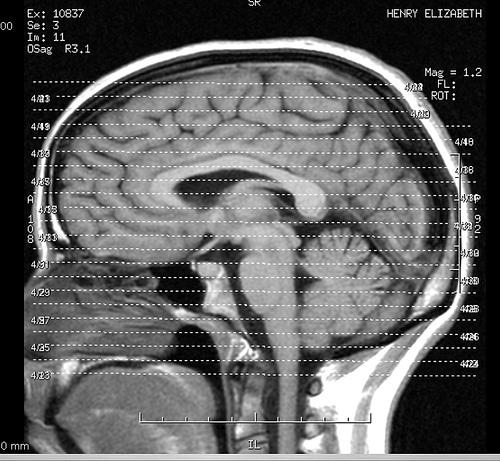AARP Eye Center
Brain Research and the Search for Parkinson's Cure
By Ian Cunningham, May 1, 2013 09:38 AM

It is an important moment in brain research. New technologies and insights from genetics are changing our ability to pursue elusive treatments for brain diseases that will affect 3 in 5 Americans. The recent announcement of a new Brain Mapping Initiative has captured the imagination of neuroscientists and patients worldwide.
Drug development for Parkinson's disease (PD) has undergone a renaissance over the past several years. Never before has the drug development pipeline been filled with as many promising PD therapies as today. But the reality is that the most effective PD drug available to patients today - levodopa - was discovered during the presidency of Lyndon B. Johnson. Levodopa alleviates only some symptoms of PD while the underlying disease continues to worsen. It also brings disabling side effects. Much work remains to bring new, and better, drugs to pharmacy shelves for the 5 million people worldwide living with the disease. Below is a snapshot of some of the strategic initiatives taking place in Parkinson's research today:
Stopping the disease in its tracks
In recent years, researchers have made significant strides toward better understanding the biological mechanisms taking place in PD. Knowing more about how the disease works can provide insight into how to build drugs to stop the disease in its tracks. This work has been revolutionized over the past 15 years by critical discoveries made through studying the genetics of Parkinson's. These discoveries stand to benefit everyone with PD, not just those with relatively rare genetic cases.
A different avenue to curing the disease aims to heal damaged cells in the brain regardless of what causes the disease. The most important work in this area surrounds development of specialized proteins called neurotrophic factors, which promote the development and ongoing health of the brain cells that die in Parkinson's disease.
A biomarker to aid in the search
Finding a Parkinson's biomarker is critical to successfully developing experimental treatments into actual drugs. While you may not have heard the term "biomarker," you are likely familiar with the concept. Consider the use of high blood pressure as a reliable and objective indicator of heart disease - that is a biomarker. By testing blood pressure, clinicians and researchers can understand who is at risk for heart disease, administer appropriate treatments, and learn which drugs are most effective. A biomarker for PD would work exactly the same way, but we need to find it first.
MJFF's landmark biomarker study, the Parkinson's Progression Markers Initiative (PPMI), was launched in 2010 with the single goal of finding a biomarker for Parkinson's disease. A PD biomarker would be a game changer in the search for a cure.
Treating symptoms to improve quality of life
While we'll stop at nothing in our search for a Parkinson's cure, MJFF is equally focused on improving symptomatic treatments to improve quality of life for people living with PD today. Traditionally, symptomatic Parkinson's drugs have focused on replenishing the dopamine neurons that die in the disease. But scientists increasingly believe that next-generation Parkinson's treatments might bypass the dopamine system altogether.
Today we have a robust pipeline for novel, non-dopamine-based therapies to treat the symptoms and side effects of PD, including dyskinesia (the uncontrollable movements that are a side effect of long-term dopamine replacement). Drug candidates targeting brain chemicals such as glutamate, serotonin and adenosine have returned promising clinical results.
While much work remains to better understand and treat the complex, heterogeneous nature of Parkinson's, MJFF remains optimistic that with involvement from researchers and PD patients and loved ones, a cure is possible in our lifetime. To learn more about high-impact research and how you can get involved, visit the Michael J. Fox Foundation website.
Photo: Liz Henry on Flickr.
Also of Interest
- Michael J. Fox and His Foundation Spark a Revolution in Parkinson's Research
- The Brain Initiative: 5 Things to Noodle
- Join AARP: Savings, resources and news for your well-being
See the AARP home page for deals, savings tips, trivia and more































































